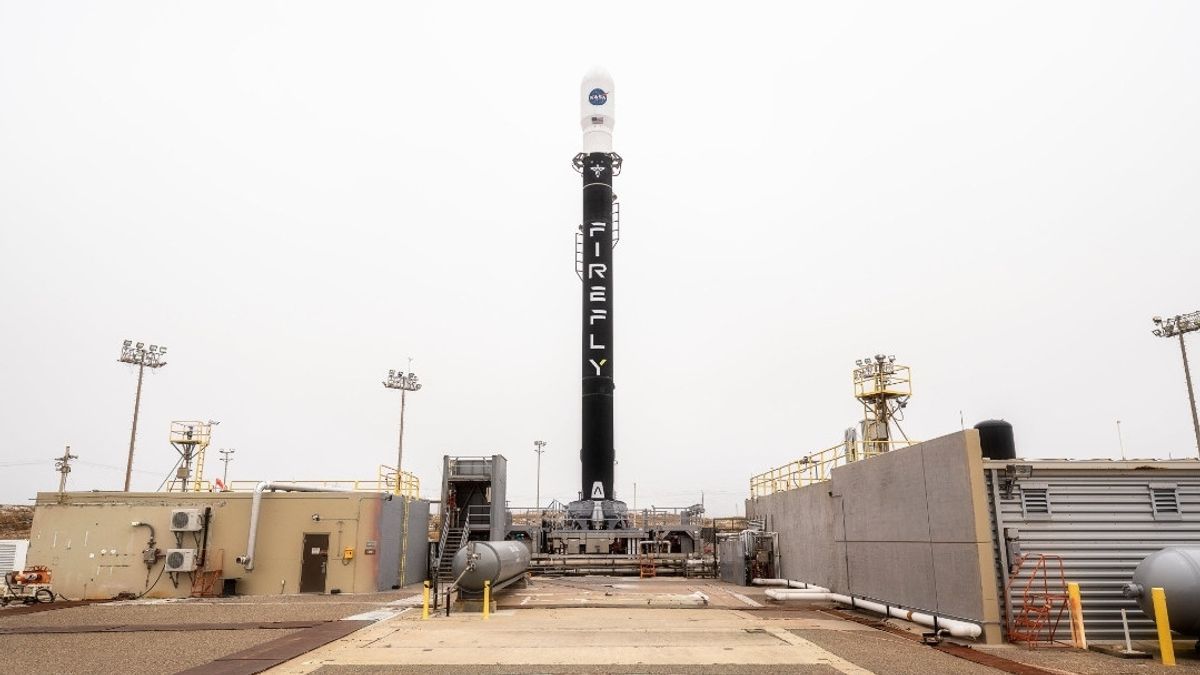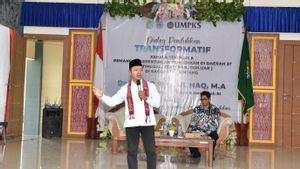JAKARTA Firefly Aerospace launched eight CubeSats, a cube-shaped satellite nano, on Thursday, July 4. These eight satellites took off from the Vandenberg Space Force Base using an Alpha rocket. The rocket was launched at 11.04 WIB to Low Earth Orbit (LEO). About 35 minutes after the top stages were turned off, the Alpha only deployed eight of its satellites into orbit. Three hours after launch, Firefly said that NASA was waiting for its signal. Up to twelve hours after launch, Firefly and NASA had not provided the latest status of the eight satellites. However, reported by Spacenews, Firefly's launch web broadcast has confirmed the placement of seven of eight satellites. The eight satellites launched by Firefly are part of NASA-funded the 43 Education Nanosatellite Launch (ELaNa) program. The entire launched satellite was developed by the University of Arizona, University of Maine, and the University of Washington. Each of the universities handed over four Catsat satellites, one Satelie KubeSat-1, and one MESAT-1 satellite. The last satellite is the Serenity, CubeSat launched by the Tierarchic group Tachatis In Space.
SEE ALSO:
Firefly was selected as the launch service provider in 2020 along with Astra Space and Relativity Space. The company received a Venture Class Launch Services (VCLS) Demo 2 contract worth 9.8 million US dollars (Rp160 billion). The VCLS Demo was first run by Astra Space in February 2022. Unfortunately, this launch did not go well. CubeSat failed to reach the satellite as the top stage of the rocket used did not work. As the last demonstration driver, Relativity Space will use Terran R. The launch of the third ELaNa 43 mission is targeted to run in 2026. The company will use Cape Canaveral's 16 Launch Complex as a launch pad.
The English, Chinese, Japanese, Arabic, and French versions are automatically generated by the AI. So there may still be inaccuracies in translating, please always see Indonesian as our main language. (system supported by DigitalSiber.id)


















